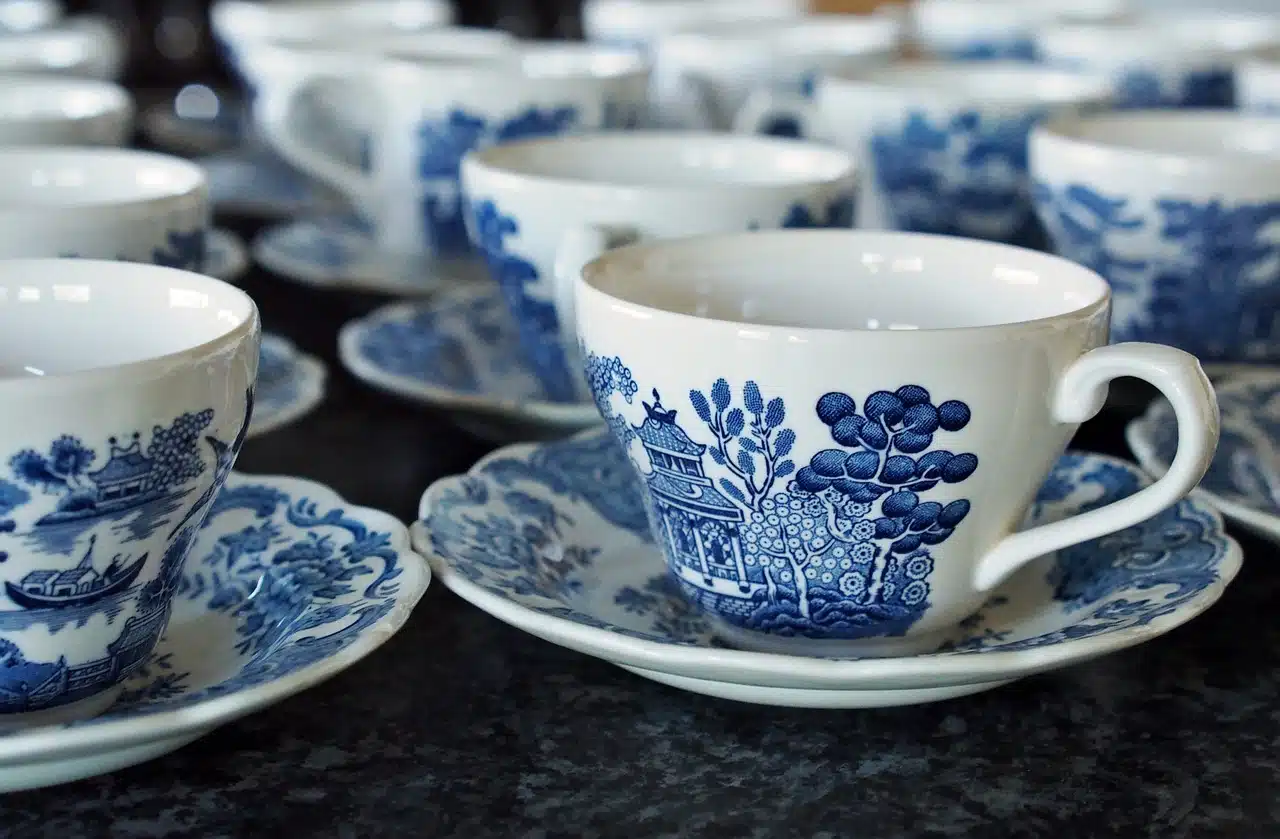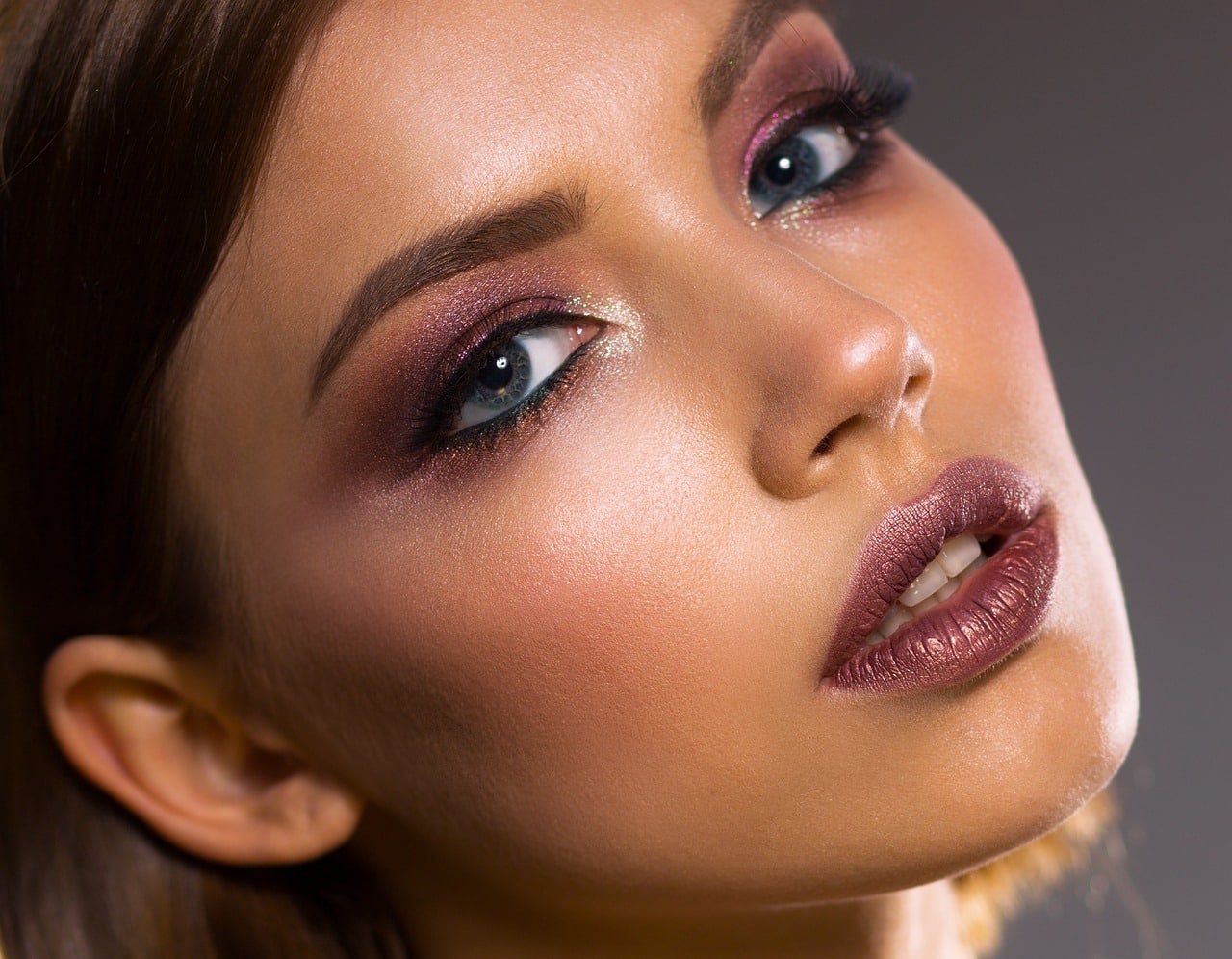
Porcelain is a fine earthenware that was invented in China.
Porcelain is a type of fine earthenware that was invented in China between the 7th and 8th centuries . It is a ceramic product that is usually white , translucent, compact and hard.
The paste that makes up porcelain - a term with etymological origins in Italian - has quartz (a very abundant material on the Earth's surface), kaolin (sedimentary mineral) and feldspar (which appears in most crustal rocks). The production process begins with obtaining the cake, at a temperature of between 850ºC and 900ºC. The second firing allows the glaze to be reached (1175ºC to 1450ºC) and, in some cases, a third firing is carried out with pigments to decorate the products through the action of calcined metal oxides.
Porcelain in the Western world
The explorer and merchant Marco Polo ( 1254 – 1324 ) was the first to speak in the Western world about porcelain. Historians highlight, however, that the first commercial imports of this ceramics into Europe only took place in the mid- 14th century .
Europeans spent many years trying to discover the formula for making porcelain, achieving varying degrees of success. After hard work, they found a way to reproduce their production, so as to no longer depend on Chinese labor.
By extension, the term porcelain is used to refer to vessels or figures made with said material. For example: "My aunt gave me some beautiful porcelain to decorate the counter," "José María was forced to sell his family's valuable porcelain to face financial problems."

Porcelain skin is referred to as skin that lacks wrinkles or imperfections.
A kind of skin
The human being is the only species on this beautiful planet that seems to be unhappy with who it is; It is true that it is difficult to see ugliness in a wolf, an eagle or a tiger, but we have never seen them putting makeup on their faces, or trying to look younger . We, on the other hand, do that and much more; many times, letting a large part of our lives pass us by while we travel that absurd path that leads to superficial perfection .
The media are experts in transmitting a message of aesthetic self-improvement: “you can look better; so do it! . The unhealthy need to be skinny is far from being the worst of goals, especially because in that particular case there is a thin line (pun intended) between being overweight and health problems. The real enemy of people is the mission to have fresh skin , like that of a newborn child, throughout life!
Various products with more than suggestive names allude to this urge to always look young , without wrinkles, spots, or marks of any kind. And no one questions the effectiveness of many of these facial creams and lotions, but it is important to point out that their action has a limit, which begins in those very mistreated, very unfortunate skins, which have little in common with those that have artificial ones. models on television.
What happens to those people who do not have the same possibilities as that small percentage of slightly defective beings? Not all of us can have porcelain skin, and beauty product manufacturers know it well, but they do not hesitate to play with consumers' illusions; and they do it in a very twisted way, promising them that they will finally leave their "horrendous appearance" behind, to show off a socially acceptable complexion.
Despite isolated scandals involving excessive retouching by stars that promote the pursuit of perfection (see Julia Roberts), we have reached a point where the public itself seems to enjoy being scorned for the manipulated beauty that the media propose.
